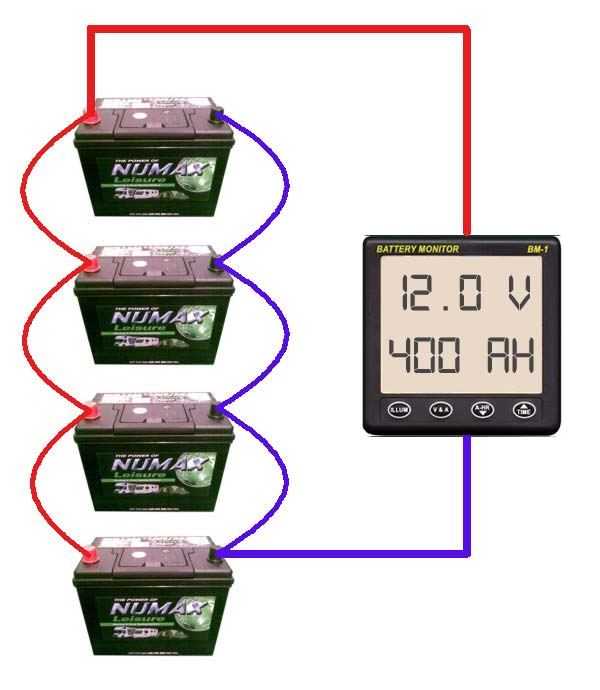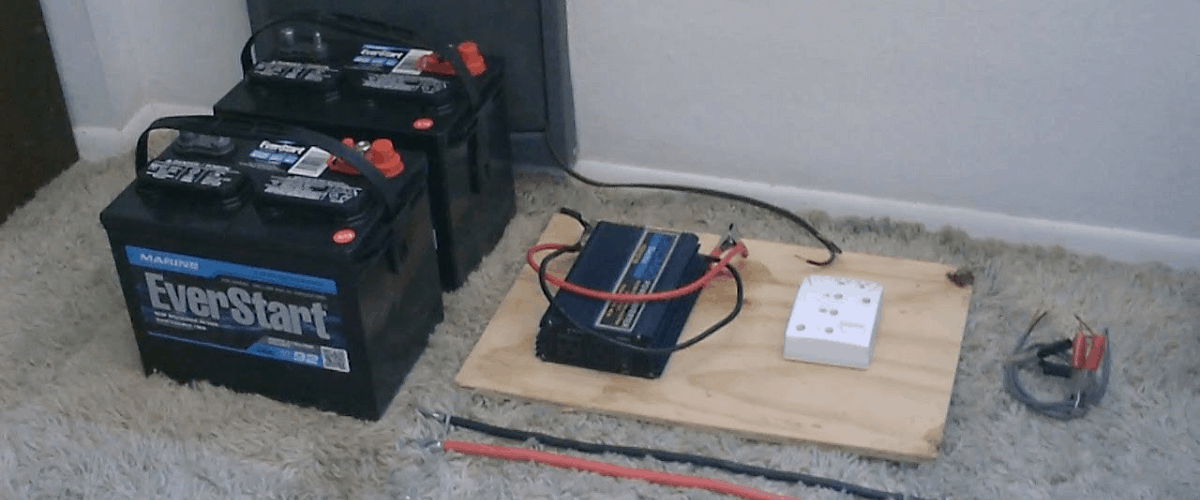Surviving without electrical power is a common topic for disaster prepping. Local power grids can fail and all our technology will be rendered pointless. That doesn’t mean you have to live without power, though. You can establish your own batteries.
Large batteries can be used to store electrical energy for later use. This can be a hotplate for cooking, a refrigerator for keeping foods cold, or power to a radio or other entertainment items. The nice thing about them is that you can charge them through a number of independent means. Some folks use solar panels, others attach motors to wheels or wings to act as improvised wind or water generators. Some folks just strap them to a bike and pedal power manually.
One of the most common improvised energy supplies is made through car batteries. You can find abandoned car batteries in fair supply at a vehicle junkyard. They can be connected to each other, recharged, and converted for AC use with relative ease.
What You Need for a Car Battery Power Supply
If you want to make a car battery into something usable, you need a few pieces of technology to do so safely.
- A DC to AC inverter: There are two kinds of electricity, Direct Current and Alternating Current. Most electronics use AC, but car batteries are DC. You will need a device that converts it. These often come with wall outlets you can plug your things into. We recommend a 12V DC to AC 2000 inverter. Make sure your inverter comes with cables that you can clamp to a battery.
- A Smart Charger: You can’t just push electricity into a battery to charge it. You need to make sure you don’t overcharge or charge incorrectly. The best way to do this is to purchase a smart charger. Make sure the charger matches the battery needs (12V)
- Labeled Link Cables: If you have more than one battery, you need to link them together into what is called a “bank.” to ensure even charges and usage, we recommend using a parallel connection. We’ll touch on that below, but make sure you have enough connector cables. And be sure to label them clearly for no confusion.
Making a Parallel Link VS Series Link
There are two links people make with power banks. Series is a direct line along each battery. This will increase the voltage for each battery in use while maintaining the current rating. You do this by connecting each positive terminal of one battery to the negative of the next one. You connect your inverter to the negative of the first battery in the line and the negative of the last one.
Parallel links ensure that you have the same wattage while using multiple batteries. It will also drain power equally from all batteries, where series will pull more from the nearest battery instead. You may require higher grade cables to handle the current rating with this. You do this by connecting every positive terminal of each battery in a line, and connecting each negative in a line. Connect the inverter to the positive of one and the negative of the other.
If you’re having a hard time imagining, look at these images.


It’s important to note that you should always play it safe when handling electricity. the wrong shock in the wrong place can absolutely kill you.


Aaron Williford August 1, 2021
Thank you very much for this information! I know this article is over 2 years old now and there are a lot of new consumer products brand new to this specific field of the public market space that weren’t around at the time this article was published. Having said that I believe the information here remains quite relevant and and can be valuable to anyone looking for a solution to portable and on-the-go power sources. Right now I’m shopping around for a portable power source, I will be living in my van soon. Electric/Solar generators generally cost around $1 per watt of continuous output. With this I could potentially make a 5000 watt power source that would cost below $1000 to put together. One of my best friends is a mechanic and he was trained as an electrician, so he would know more about this than me. I’ll bring this up to him in the next couple days. Lol, I’m a bit excited now. Thank you for taking the time and energy to write this article, I greatly appreciate it! You may have helped me out quite a bit!